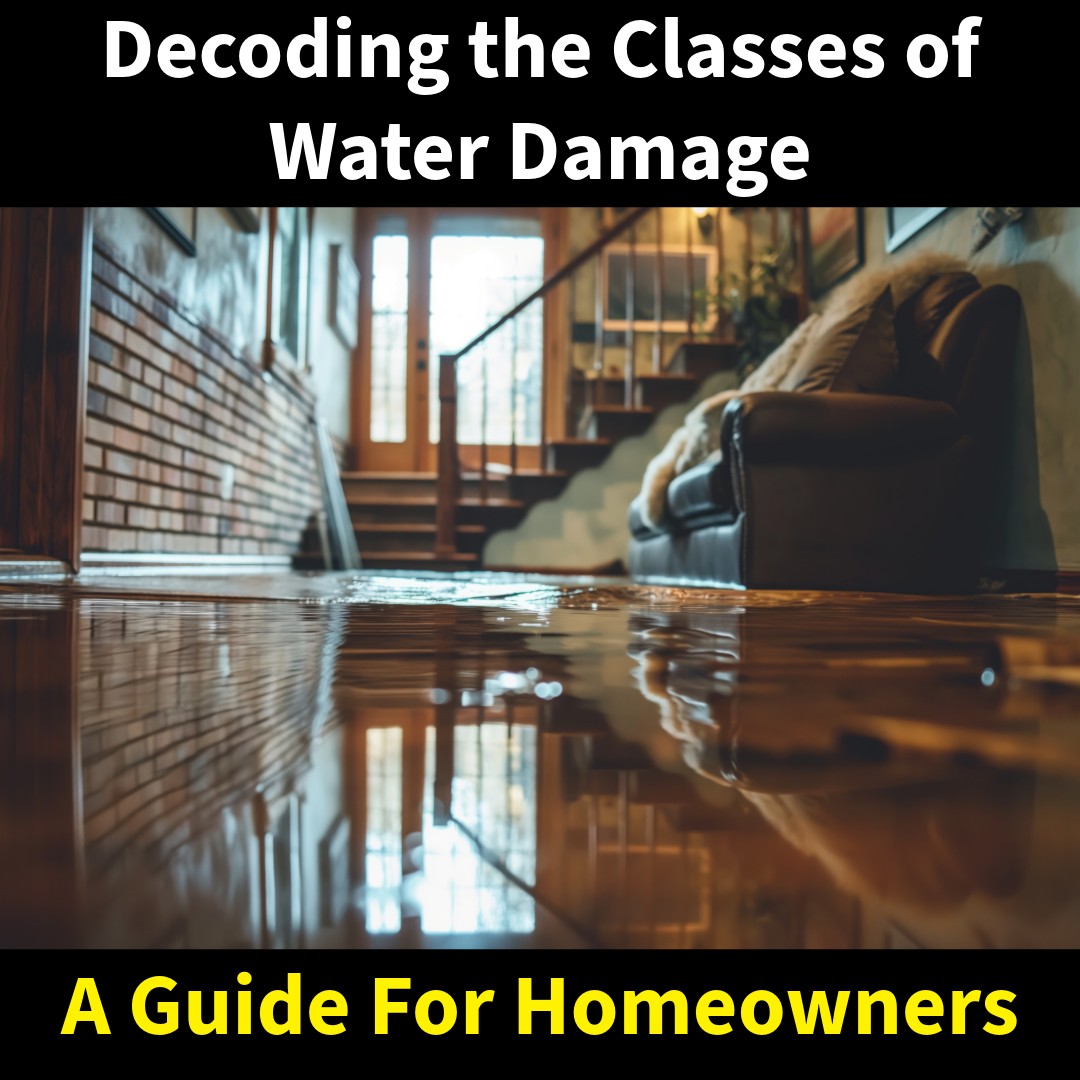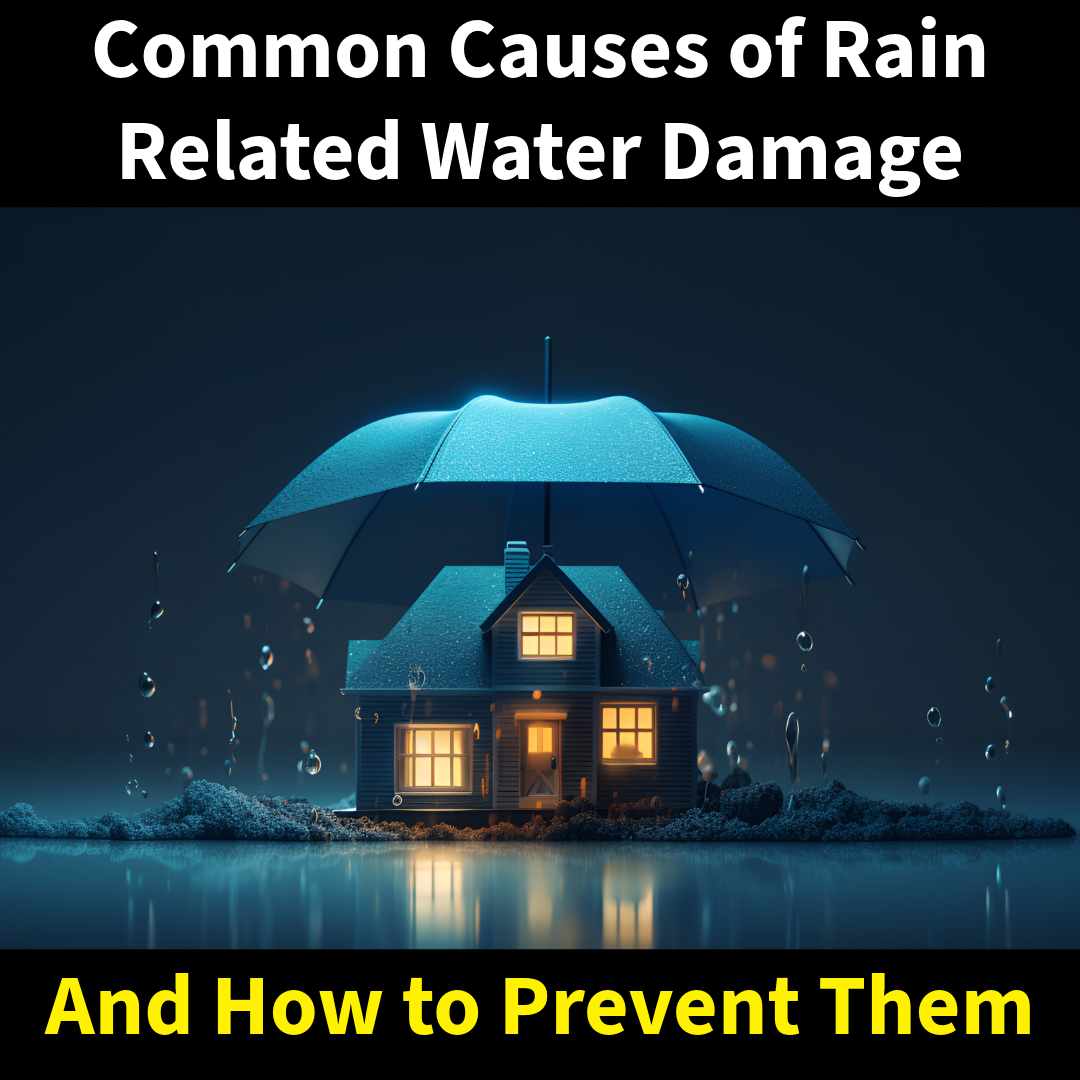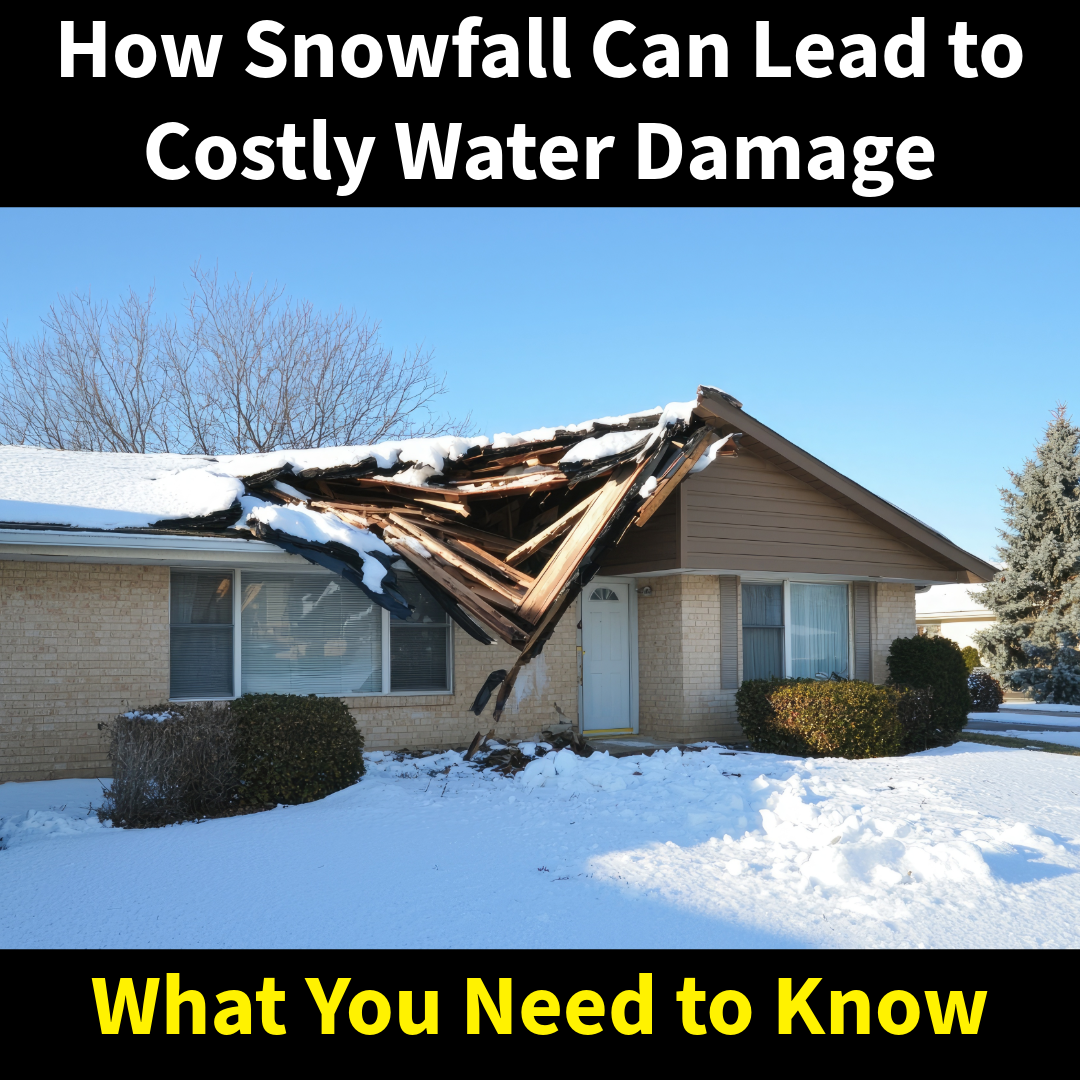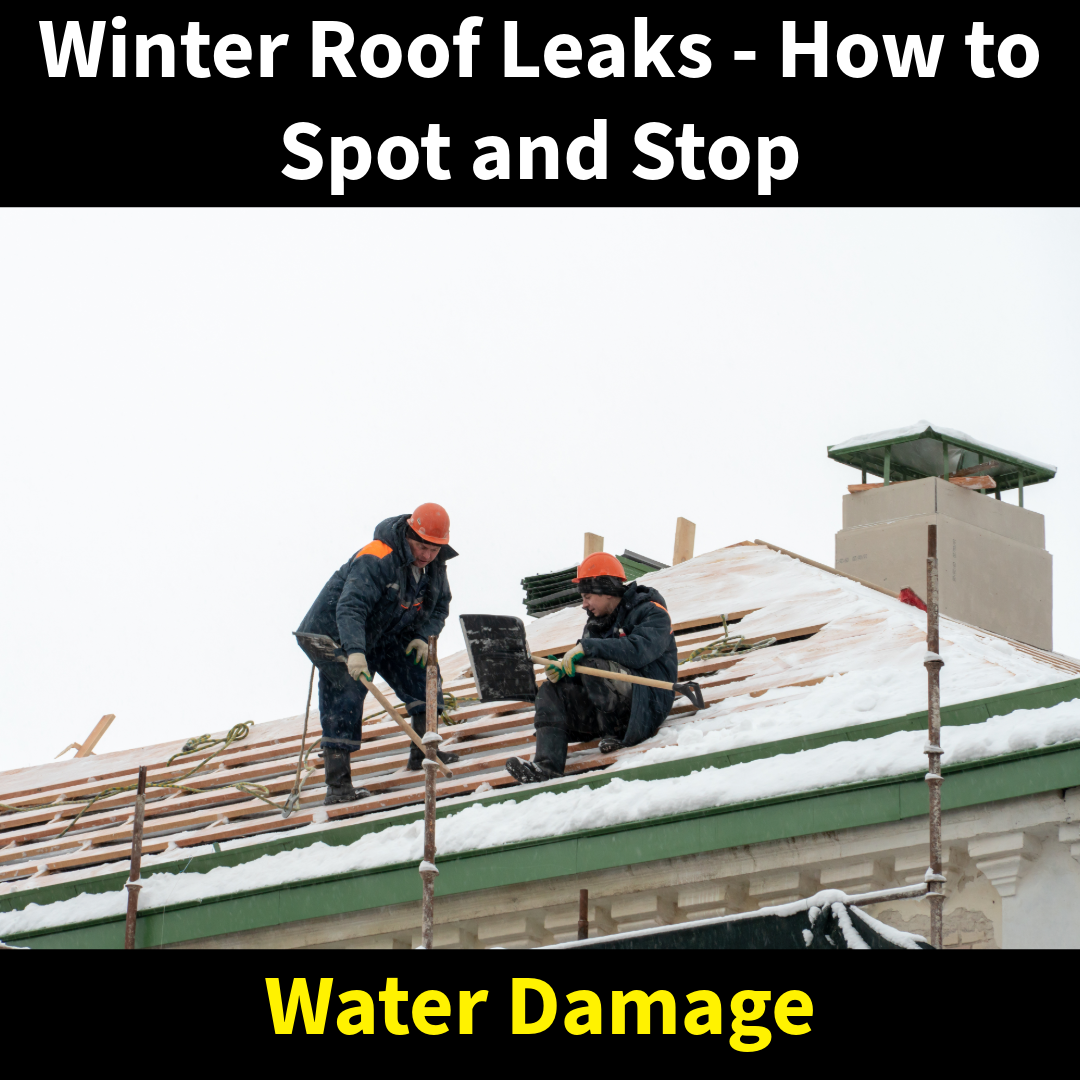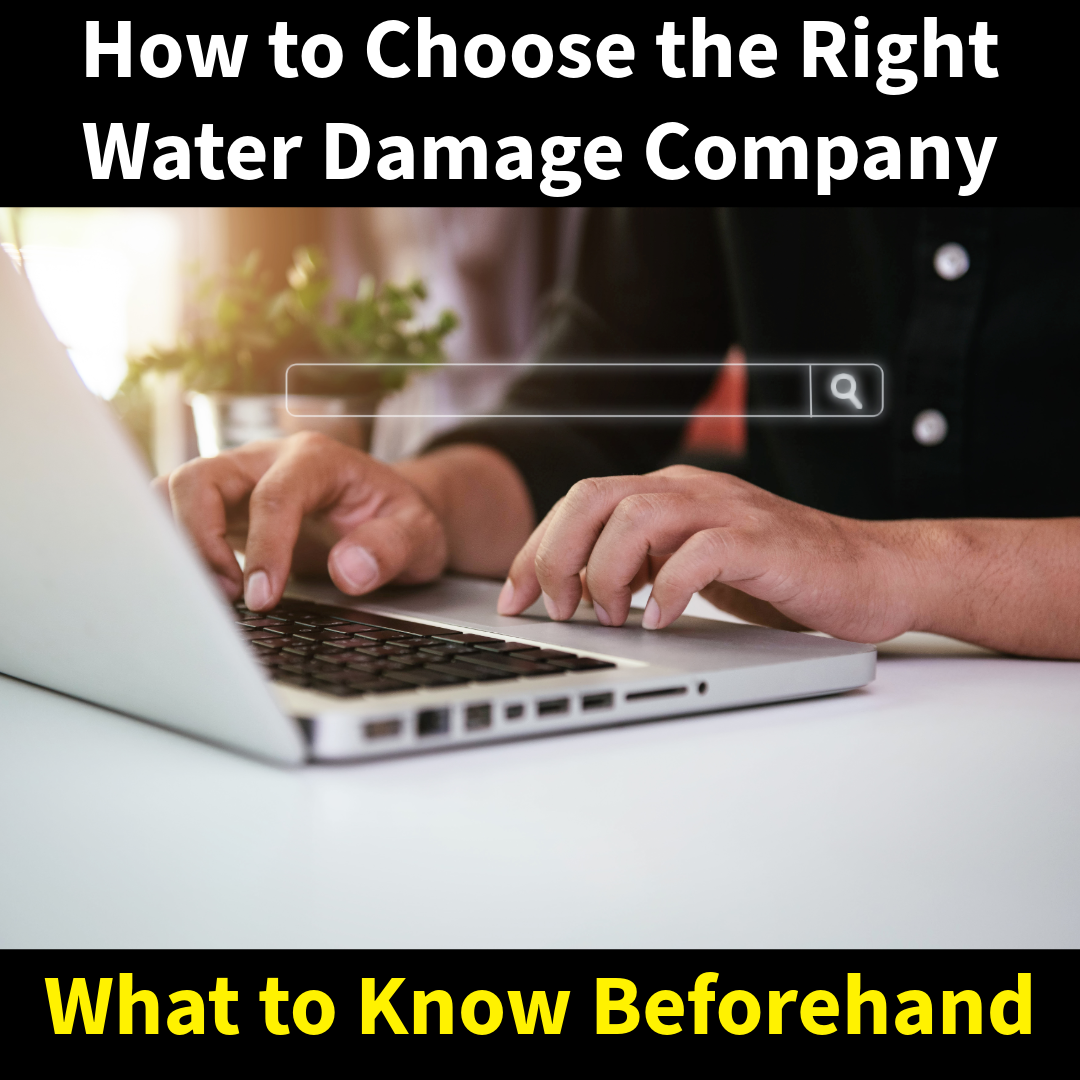Breaking Down the Real Costs—and What You Can Do About It
Water damage is one of the most stressful issues a property owner can face. Whether it’s a small leak behind a wall or major flooding from a storm or pipe burst, the aftermath can disrupt daily life, destroy valuables, and lead to costly repairs if not handled properly. But how much does water damage restoration actually cost—and what factors impact the final bill? In this guide, we’ll walk you through everything you need to know: the variables that influence restoration pricing, average costs for different levels of damage, where hidden costs often arise, and how to avoid common mistakes that could drive up expenses or cause long-term problems.
What Is Water Damage Restoration?
Water damage restoration goes beyond just drying things out. It typically includes:
- Inspection and assessment of the affected area
- Water extraction and removal
- Drying and dehumidification
- Cleaning and sanitizing (especially important with gray or black water)
- Structural repairs or reconstruction
- Mold remediation, if needed
- Odor removal and air quality testing
Each step involves specialized tools and expertise, which is why restoration prices vary.
What Affects the Cost of Water Damage Restoration?
No two water damage jobs are the same. Costs depend on several variables.
1. Size of the Affected Area
- Larger areas require more labor, time, equipment, and materials.
- A small bathroom costs significantly less than a multi-room basement or entire floor.
2. Type of Water Involved
- Category 1 (Clean Water) – From broken pipes or sinks; lowest cost to remediate.
- Category 2 (Gray Water) – From appliances; requires disinfection and more work.
- Category 3 (Black Water) – From sewage or floods; most expensive due to contamination and safety risks.
3. Extent of the Damage
- Surface-level water may only require drying and minor repairs.
- Water trapped behind walls, in insulation, or under flooring raises the scope (and cost) of the job.
4. Duration Before Cleanup
- Mold can form in 24–48 hours.
- Structural materials can degrade quickly if moisture remains hidden.
- Acting fast limits damage and cost.
5. Type of Materials Affected
- Porous materials like drywall and insulation need to be replaced.
- Hardwood, carpet, tile, and concrete each have different remediation challenges and costs.
- Custom finishes or luxury materials increase replacement expenses.
6. Additional Services Required
- Mold remediation
- Electrical or plumbing repairs
- Sewage cleanup
- HVAC or duct system cleaning
- Framing, drywall, or flooring reconstruction
7. Access and Layout
- Water behind cabinetry, in crawlspaces, or under floorboards increases labor and time.
- Complex layouts require more preparation and equipment setup.
Average Cost Breakdown (2025 Estimates)
Here’s what you can expect based on common industry rates for Pennsylvania, New Jersey, and Delaware:
- Inspection & Damage Assessment: $200 – $600
- Water Extraction: $1,000 – $3,000
- Drying & Dehumidification: $800 – $3,500
- Cleaning & Sanitization: $500 – $2,500
- Mold Remediation (if needed): $1,000 – $7,000+
- Structural Repairs: $1,500 – $10,000+
- Full Restoration (moderate to severe): $2,500 – $20,000+
Prices fluctuate based on urgency, contractor quality, and materials used.
Cost by Severity of Damage
Minor Damage ($1,000 – $2,000)
- Small, contained leaks or localized damage
- Minimal material impact, no mold
- Quick dry-out and basic repairs
- Roughly 20% of water damage cases
Moderate Damage ($2,500 – $6,500)
- Multiple rooms affected
- Damage to drywall, flooring, or cabinetry
- Some material replacement needed
- Most common—about 70% of claims
Severe Damage ($7,000 – $20,000+)
- Long-term or black water exposure
- Structural components damaged
- Mold infestation or sewage backup
- Around 10% of total claims—but most complex and costly
Hidden Costs to Watch Out For
Be cautious of companies that offer a low estimate but later add on fees. Common issues include:
- Charging for unused equipment like air movers or dehumidifiers
- Billing inflated labor hours
- Not documenting damage with photos or moisture readings (hurts insurance claims)
- “Cleaning” mold without removing contaminated materials
- Painting over water stains instead of drying the structure
- Skipping moisture verification tests
Pro tip: Ask for documentation, moisture logs, and before/after photos. MSI provides this by default and uses Xactimate to ensure insurance-compliant pricing.
Ways to Save on Water Damage Restoration
There are smart ways to lower your costs without cutting corners.
- Act Fast – Quick action minimizes mold and material damage.
- Maintain Plumbing & Roofing – Preventative care avoids costly emergencies.
- Install Water Alarms & Sump Pumps – Early detection tools stop problems before they escalate.
- Hire an Experienced, Certified Team – Avoid rework, insurance delays, and legal issues by working with professionals.
- Understand Your Insurance – Check your policy for water backup or flood exclusions. Be proactive.
Why DIY Cleanup Often Costs More
Homeowners often try to fix water damage themselves, thinking it saves money. But without the right tools, training, or moisture detection, DIY efforts usually fall short. Risks include:
- Incomplete drying leading to mold
- Missed damage behind walls or under flooring
- No documentation for insurance
- Improper handling of contaminated water (serious health hazard)
Professionals use thermal imaging, moisture meters, HEPA filtration, and commercial dryers to guarantee results. At MSI, we follow strict IICRC guidelines to ensure everything is cleaned, dried, and safe.
Why Choose MSI
Since 1998, MSI has provided expert water damage restoration across Pennsylvania, New Jersey, and Delaware. We’re an IICRC Certified Firm, fully insured, and trusted by thousands of property owners for:
- 24/7 emergency response
- Transparent, itemized billing using Xactimate
- Proper documentation for insurance claims
- Safe, effective mold and water remediation
- Expert handling of black water and structural drying
- Highly trained crews with state-of-the-art equipment
We don’t cut corners, paint over problems, or inflate invoices. We fix it right the first time.
Final Thoughts
Water damage is stressful, but understanding the costs involved—and what influences them—gives you an advantage. Whether you’re dealing with a burst pipe or a flooded basement, being informed means you can:
- Act quickly
- Avoid bad contractors
- Prevent mold growth
- Maximize your insurance payout
If you’re facing water damage, don’t take risks with your health, home, or finances. Contact Mold Solutions & Inspections for a professional evaluation and honest, expert help. We’re here to restore more than just your property—we restore peace of mind.




